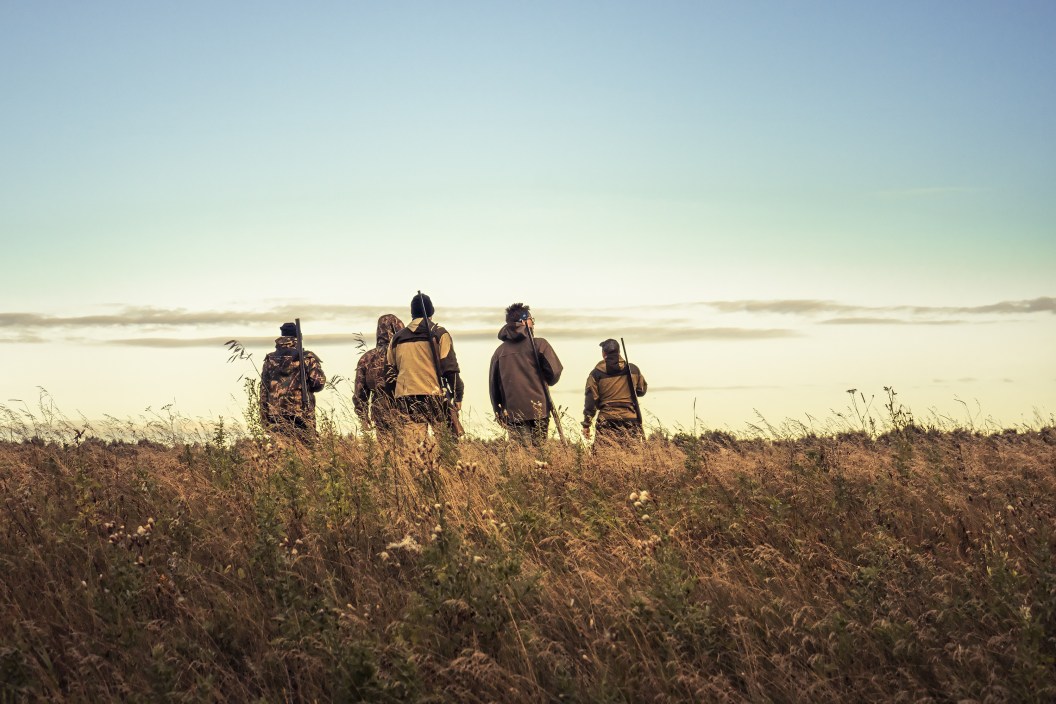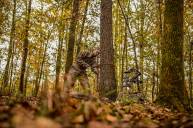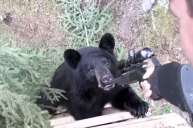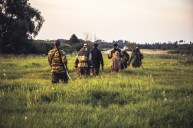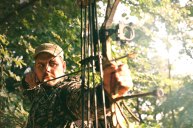The holidays may be about food, but for many hunting families, longstanding hunting traditions also take center stage. With deer hunting season in full swing and great small game hunting weather across the country, Christmas is easily one of the busiest holidays in the blind and backcountry.
Unfortunately, that popularity has also brought tragic headlines every year, reporting entirely preventable hunting accidents and fatalities. These are mostly accidental but also sometimes lethal shootings of others along on the hunt, as well as people irresponsibly trying to unload firearms from a vehicle or, in one disturbing case, somehow mistaking a woman out for a walk with her dog for a deer.
While fatal hunting accidents are certainly the most tragic, there is also a whole slew of minor hunting injuries common around the holidays you want to avoid, like cutting yourself while field dressing. Statistically, hunters are more likely to fall out of a tree than get shot.
So, it goes without saying, no matter how experienced you are: Any hunter heading out on Christmas could use a hunter safety refresh.
The Main Causes of Hunting Accidents
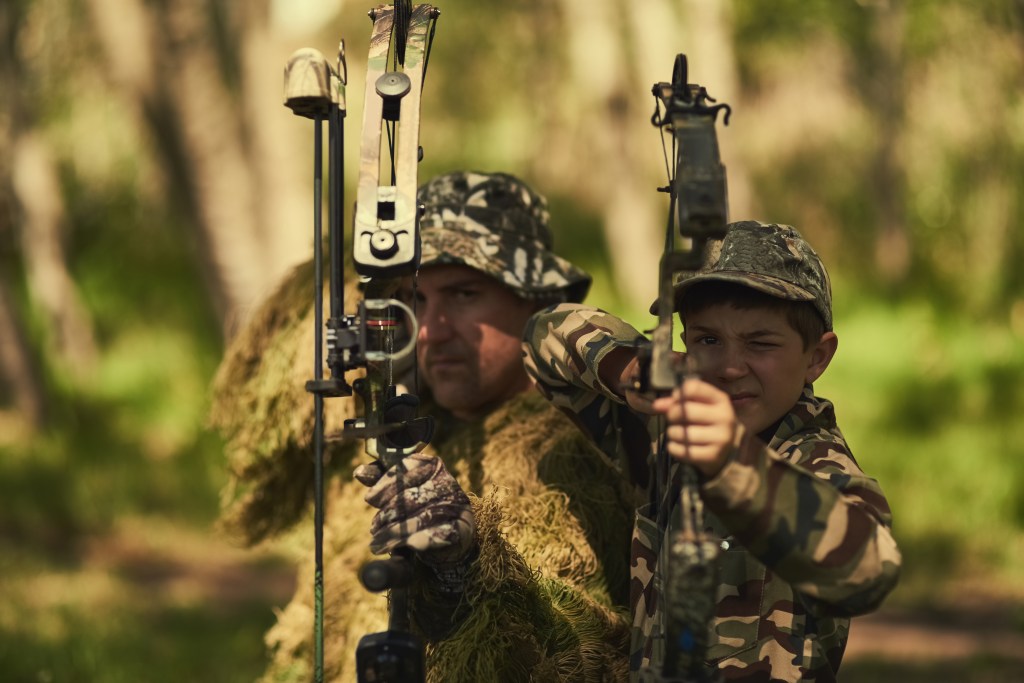
Getty Images, PeopleImages
According to a 2022 Hunter Accident Report from Texas Parks and Wildlife, the four main reasons for firearm-related tragedies, in general, are:
- Failure to identify the target (such as *ahem* mistaking people for deer)
- Not paying attention to what lies beyond their target
- Careless handling of firearms
- Shooter swinging on game or victims ending up in the line of fire
Now, overall hunting shooting accidents are on the decline and have been since the 1960s. Out of the millions of U.S. hunters that go afield every year, only roughly 0.03% (27 out of 100,000 participants) are involved in some kind of incident, according to the National Shooting Sports Foundation (NSSF).
This is largely due to every hunter now needing to take a hunter education course.
But something is in the air during the holidays, it seems: In 2016, hunter Kristopher D. Paro, 24, accidentally shot and killed his father, from a treestand in the woods behind his house in Sandy Creek, New York. The following year, New York again saw a grazing head wound on Thanksgiving, but also, sadly, the aforementioned incident: a woman out walking her dog was killed by her neighbor, who mistook her for a deer.
Wide Open Spaces reported in 2019 that a 9-year-old South Carolina boy was accidentally shot and killed by his dad while rabbit hunting. During a 2021 deer hunt, a 23-year-old Nebraska teacher was fatally shot by his hunting partner. In 2022, two 11-year-old boys were shot during the holiday in two different states—one of which was because an older man tried to unload his firearm from the backseat of a vehicle. Both shootings were fatal.
So, before heading out over the Thanksgiving holiday, here are some fundamentals that should help keep you safe—if you heed them. Experience can breed complacency, so these are good reminders for us all.
1. Refresh on Firearm Safety Rules
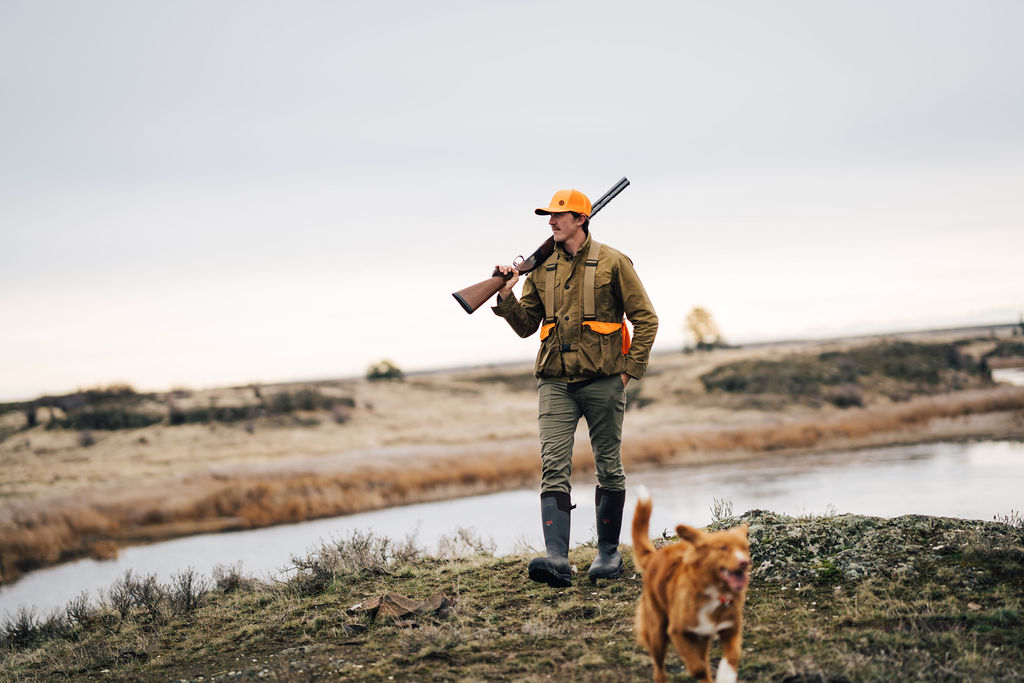
LaCrosse
If your hunting party blows off these safety rules, there's a chance you, a friend, or a family member won't come out of the woods on their own. Always follow these 10 rules to a T.
- Treat every firearm as if it were loaded.
- Keep your finger off the trigger until you are ready to fire.
- Be sure of your target and what lies beyond it.
- Never carry or place a loaded firearm in or on a motor vehicle.
- Never use a firearm unless you are familiar with how it works.
- Be sure the barrel and action are clear of obstructions.
- Unload firearms when climbing trees, crossing fences, streams or other obstacles.
- Never point at anything you do not want to shoot.
- Unload firearms when they are not in use.
- Never use alcohol or drugs before or while shooting.
2. Stay Sober to Hunt
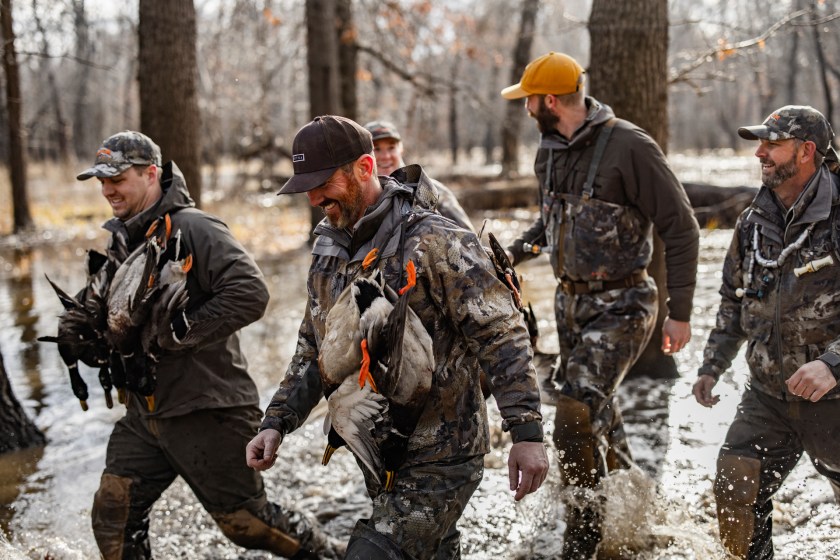
Sitka Gear
'Tis the season to eat, drink, and be merry. But you know what happened to Grandma after she had too much eggnog. It doesn't fare well for you either, if you plan on being in the woods with a weapon.
Sobriety is crucial for safe and responsible hunting. Maintaining sharp focus and sound decision making isn't easy when hunting under the influence. It's best for you—and others—out enjoying wild spaces to abstain from any mind-altering substances.
Plus, in states like Washington, hunting under the influence is considered a Gross Misdemeanor—the same as a DUI. For everyone's sake, please don't drink and hunt! Instead, fill your cooler with tasty non-alcoholic beverages.
3. Blaze Orange or Pink
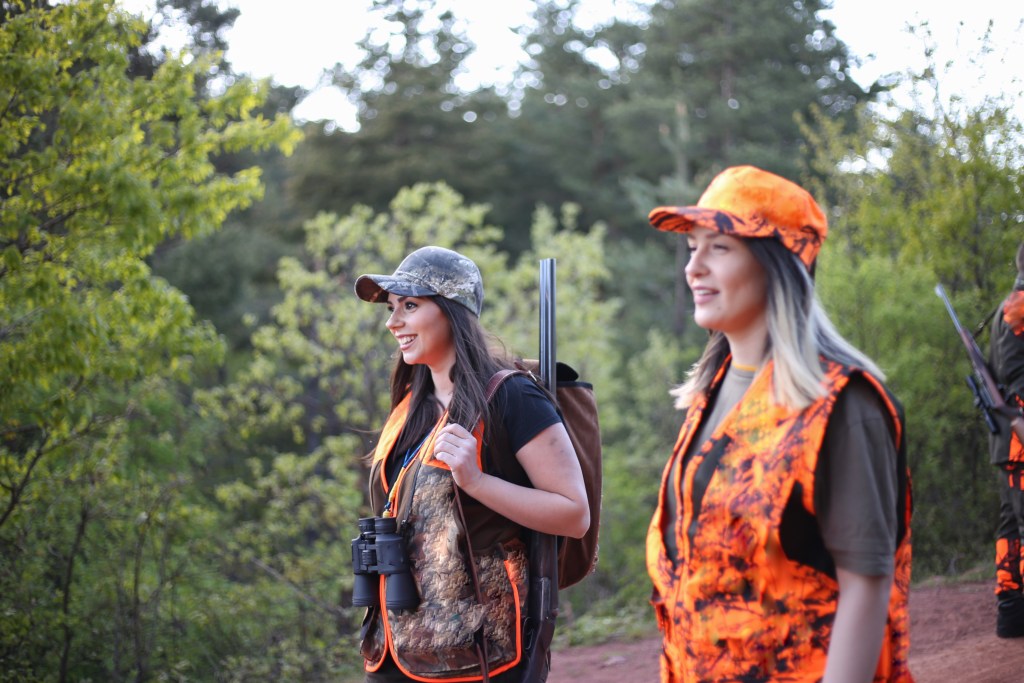
Getty Images, NSimages
Be a proud member of the orange army. It helps keep you visible to other hunters and dissuades someone from shooting blindly through the brush at you. It also helps keep you visible to anyone hiking nearby so they know this is not a safe area to be in.
Hunter orange requirements vary from state to state, but coverage ranges from 200 to 500 square inches of the body. Your best bet: Wear an orange or pink vest and hat.
Some states like Vermont, Alaska, and Arizona don't have hunter-orange requirements, but even here, we strongly encourage you to opt for the bright colors anyway.
4. Practice Treestand Safety
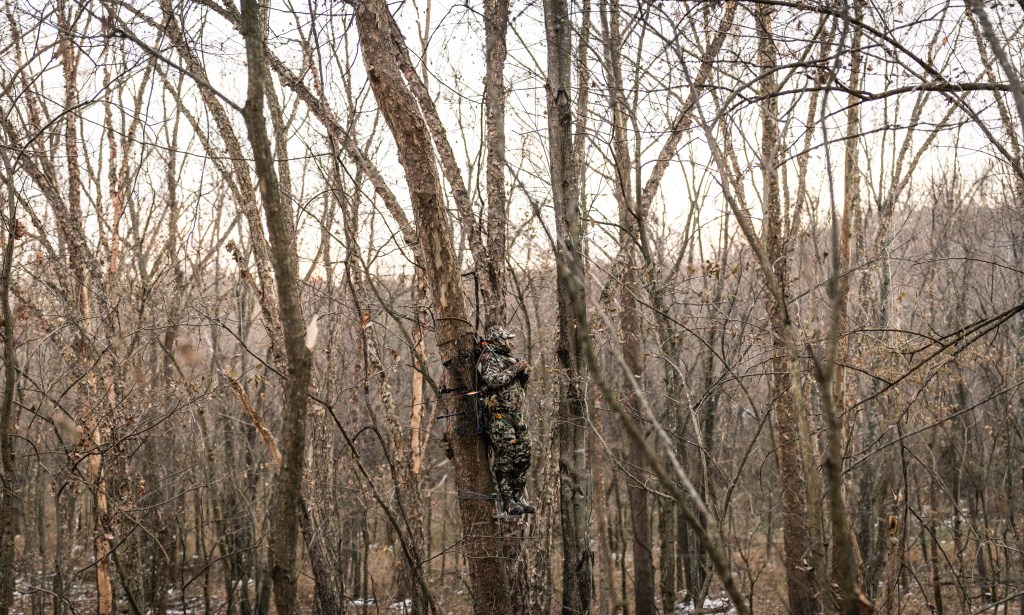
LaCrosse
Surprisingly, while gun accidents have declined, treestand accidents have been on the rise. John Louk, executive director of the Treestand Manufacturers Association, states that 95% of serious injuries relating to treestands are due to hunters not wearing a full-body harness.
Treestand Safety 101
Wisconsin Department of Natural Resources suggests the following to stay safe when setting up and hunting from your treestand:
- Always use a full-body harness or fall-arrest system. Harness should be secured to the tether line and kept short while climbing or sitting in stand. The tether will help keep you secure in your seat and usually has a shock-absorbing feature built into it.
- Maintain three points of contact at all times when climbing up or down from the treestand. It can either be two hands and one foot, or two feet and one hand.
- Employ a haul line for raising or lowering weapons. It's the safest and easiest way to lift or lower an unloaded firearm or bow in or out of your stand. The haul line can also assist with other heavy or awkward items, such as backpacks.
- Use a lifeline. A lifeline ensures continuous connection from the moment you leave the ground until you return.
Other Important Treestand Considerations
- Even when a hunter safety system works as it should, if you work, your blood circulation can become restricted. Known as suspension trauma, it can happen within 20 minutes and be fatal. Harnesses with a foot strap help reduce pressure on your upper legs.
- Choose a sturdy tree capable of supporting your weight.
- Always follow the manufacturer's recommendations.
- Avoid modifying or altering your equipment in any way.
- Keep the tether between you and the tree short.
- Inform others about your hunting location, parking spot, and expected return time.
- Carry your cell phone in case of falls or other emergencies!
In addition to these safety measures, always carry the 10 essentials and appropriate base layers (synthetic blends that wick) to help prevent hypothermia.
Remember, most "hunting accidents" are highly preventable. Give knives, bows, and firearms their due respect, and for the love, don't just shoot at noise or movement in the brush. Always get eyes on the target before shooting!
As you head out on one of the most popular hunting days of the year, approach Christmas hunts with a safety-forward mindset. Doing so will ensure you get to share stories of the morning hunt around the dinner table and not from the ICU.
READ MORE: How to Plan a Better Backcountry Hunting and Camping Trip
